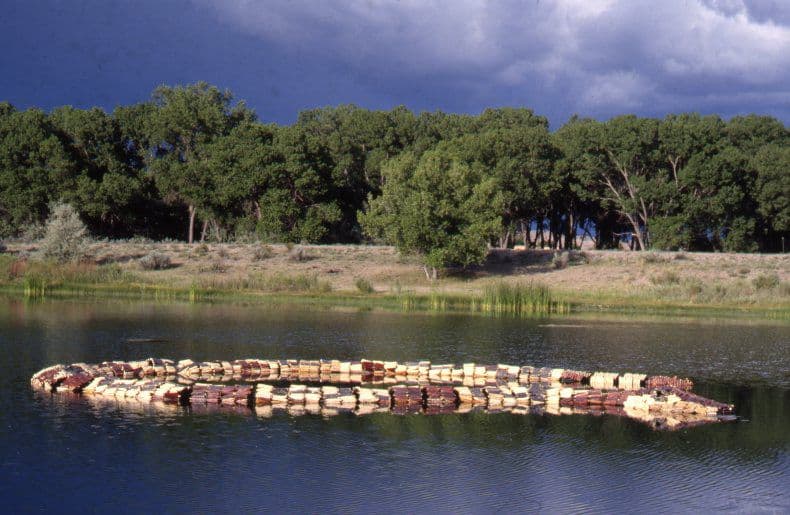Carsten Höller
Year born:
1961
Location:
Brussels, Belgium
Carsten Höller applies scientific curiosity to his work as an artist, exploring human behavior, perception, and altered states of consciousness with playful, sometimes unsettling humor. Many of the projects that comprise his self-described “laboratory of doubt”—which range from twisting slides to vision-flipping goggles—incorporate disorienting, even hallucinatory experiences that prompt viewers to question how they see and understand the world around them.
Born in 1961 in Brussels to German parents, Höller began to make art in the late 1980s alongside a number of artists experimenting with space and experience such as Pierre Huyghe, Rirkrit Tiravanija, and Andrea Zittel. After studying olfactory communication in insects at the University of Kiel, where he received a doctorate in agricultural science in 1988, and working as a research entomologist, he returned to art making full-time in 1993. Höller is often associated with relational aesthetics, a strategy, named by curator Nicolas Bourriaud in 1996, focused on human exchange and social context.
Among Höller’s early interactive projects are Flugmaschine (Flying Machine) (1996), a motorized steel armature to which viewers are attached before being hoisted through the air, and Giant Psycho Tank (1999), a sensory-deprivation chamber that facilitates a sensation of being bodiless. For the 1998 Berlin Biennale, Höller initiated what was to become his defining body of work, a succession of giant tubular slides that transform users’ experience of the buildings through which they move. In 2000 he installed a slide in the Milan office of designer Miuccia Prada, and in 2006 he constructed Test Site, a set of five slides in the Turbine Hall at Tate Modern, London. Höller is interested in the structures’ imposition of a temporary loss of control on participants, describing the resultant emotional state as “somewhere between delight and madness.”
